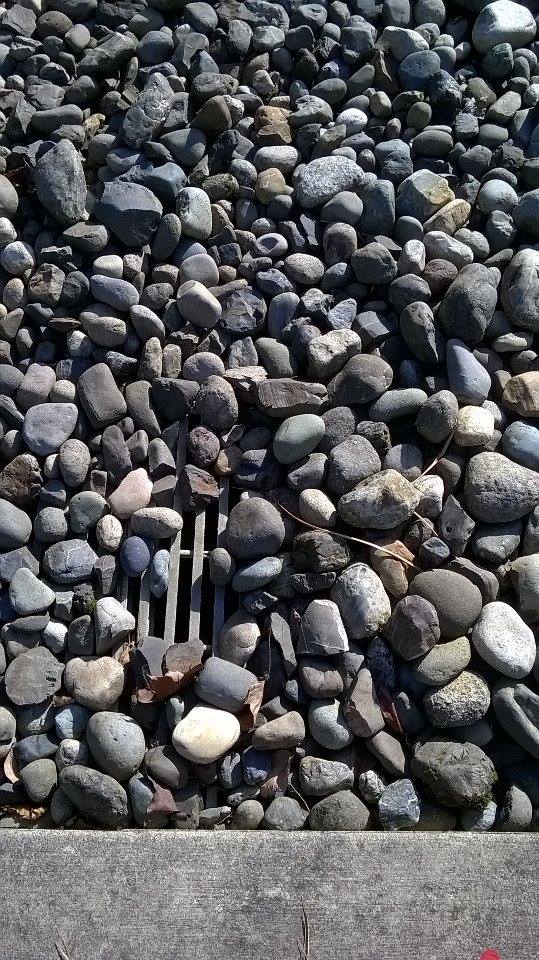About the Artist & Artwork
http://www.theartstory.org/artist-morris-robert.htm
Robert Morris, an important contributor to Minimalism and the Earth Art Movement, created the sculpture Untitled (Steam work for Bellingham) that resides on the south side of Western Washington University’s campus-just behind the Academic Instructional Center. This sculpture was installed in 1974, at a time when much of the country was transitioning from an industrial society to one more post-industrial. Morris’ intent for the sculpture was to create something that connected to the natural world and paid tribute to a dying industrial era.
“Morris sees as the result of work equivalent to the product of the laborer. He also feels that both artists and laborers share the same devaluation in the decline of industrial society.” (Clark-Langager)
“The change of weather and the change of steam all contribute to a continuous movement that represents instability, discomfort, transformation, and eventually motivation. To him it was about pureness, and the interaction one would have with the items that may thrive on the idea of simplicity.” (“The Sculpture at Western”)
Untitled (Steam Work for Bellingham) gets its steam from the steam plant located just north of it on the WWU campus. The steam plant converts natural gas into steam which is sent underground across campus to help heat the buildings. Tunnels for the steam plant began construction during the late 1960’s and were completed during 1971, soon before Morris’ piece was installed. Once steam has reached the sculpture, it rises through a metal grate that all of the rocks for the sculpture rest upon.
Whether the viewer will see the steam releasing from the sculpture or not depends upon several factors such as the steam being released from the steam plant and the weather. While some have described seeing the sculpture steam, many students, staff, and visitors never have, adding to the sculpture’s minimalist quality and mystery.
Below shows a photo that was taken this winter, February 2017, when there was a blanket of snow on the ground. Due to the heat coming from the steam tunnels, evidence of the sculpture’s steam life can be seen even in the middle of winter.
Response and Interpretation
Our initial response to this sculpture was that it was a simple sculpture that carried a lot of hidden meaning, but it wasn’t until we began researching that we learned how part of the meaning of this sculpture is literally hidden (under ground).
The most interesting thing we learn about this sculpture is that in 1999 vandals dug into the ground and unearthed the pipes that lead to Morris’ sculpture, disrupting its ability to produce steam. When investigating the vandalism, it was discovered that much of the pipes were corroded, costing tens of thousands of dollars to repair. Even though none of this was a part of Morris’ plan for the sculpture, we believe it highlights its meaning even more. It’s upsetting and when something doesn’t go as planned (like if you go to see a sculpture for its steam and there is no steam), and it’s unsettling when a sculpture that pays ode to a dying era also begins to die itself.
———————————————————————————–
Our interpretation of the sculpture revolves around how unnoticed this minimalist piece can be at times. We created time lapse videos, spanning over a total of ten minutes, to show a clip of the sculpture’s interacting with the people passing by it.
———————————————————————————–
The straight lines of the sculpture created by the industrial cement molding, contrast the curving hills, walkways, and natural background-offsetting the sculpture and calling attention to it.
Credits:
Richae Hietala-Admin to WP, research, photographs
Paige Thiele-Videos and video editing, research







Leave a Reply